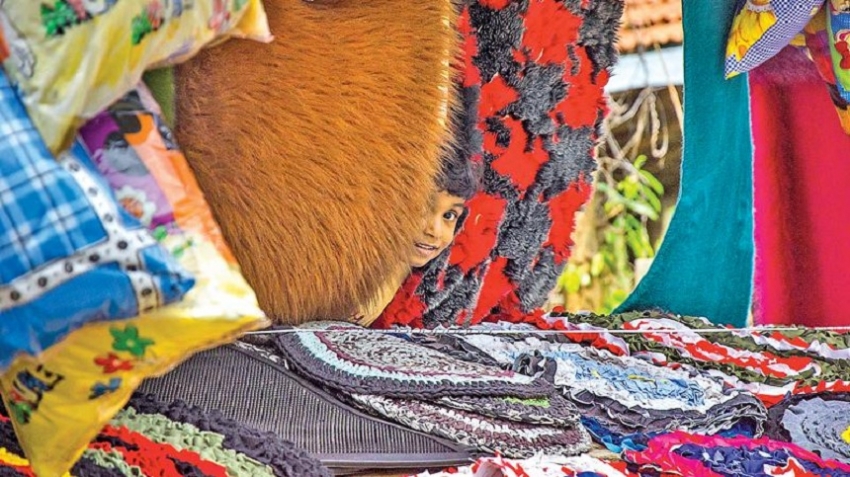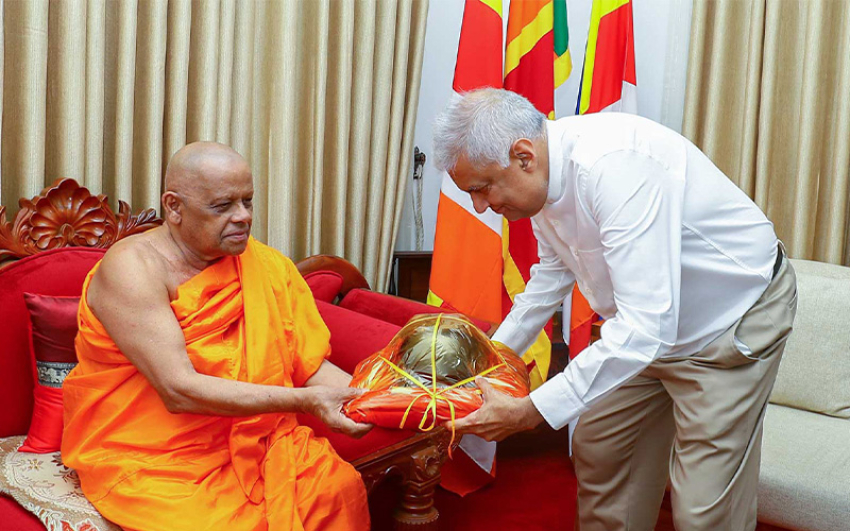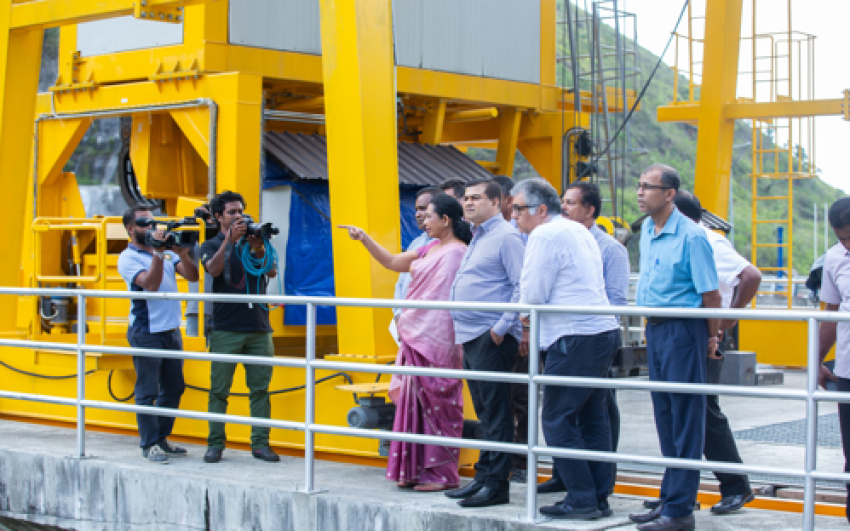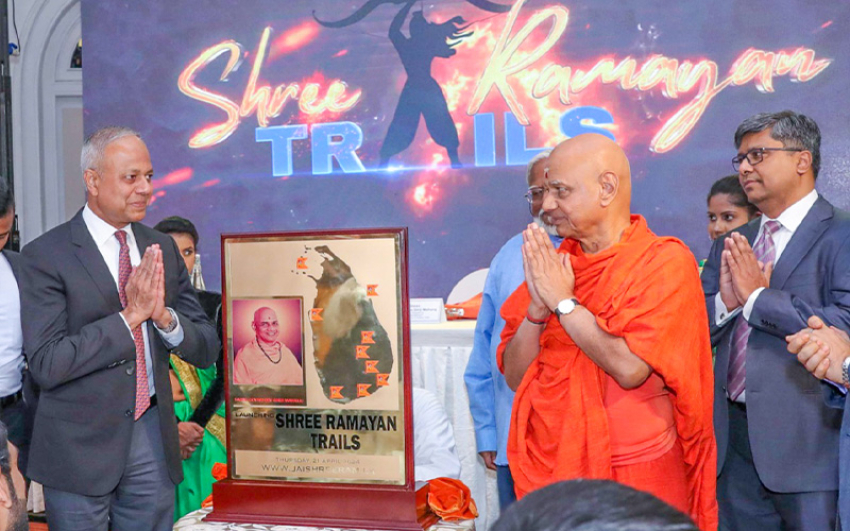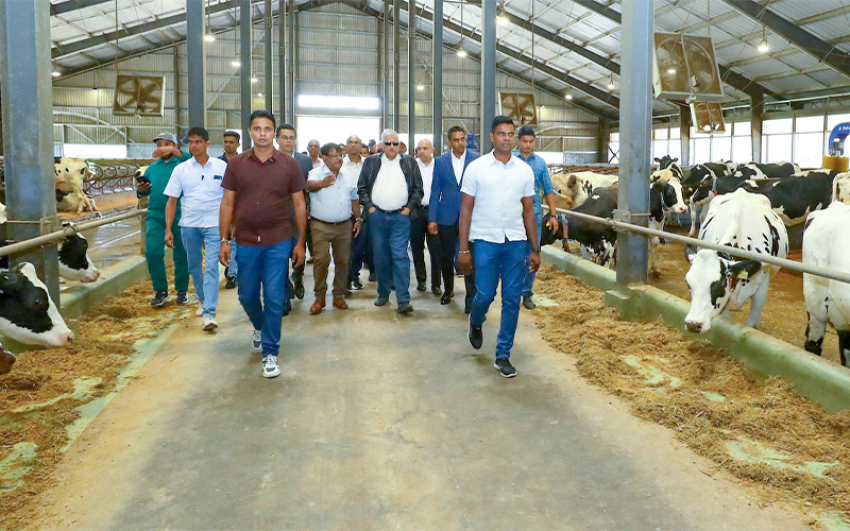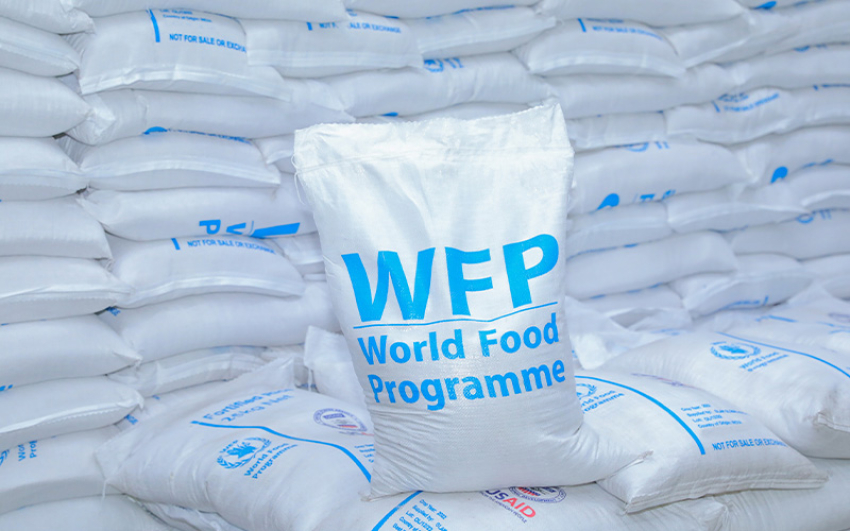Healthy sleep is vital after a hectic working day. For this, a cotton pillow would be the best accessory.The pillow dates back to around 7,000 BC in ancient Mesopotamia, modern day Iraq. These pillows were made of stone and obviously weren’t comfortable, although comfort wasn’t their purpose. The function of the stone pillow was to prevent insects from crawling into the mouth, nose or ears. However, in modern society, pillows are soft and comfortable, made of silky cotton taken from trees or animal feathers/fur.
Nevertheless, nowadays it is difficult to buy a good bed pillow made of silky cotton, in towns. But if you travel to Dematagala, you can buy a 100 percent pure cotton pillow of high quality made by women folk in this village. During my recent visit to Pallebedda in Embilipitiya, I came across a group of villagers in the area, engaged in pillow making, the main income avenue for their livelihood.
Dematagala is a sleepy hamlet lying close to Pallebedda in Embilipitiya, along the main (A18) highway of Pelmadulla-Embilipitiya branching off into many destinations in the southern and eastern towns such as Hambantota, Moneragala, Kataragama, Ampara and Batticaloa.
Although brick making is the main profession of the Dematagala villagers a few women have taken to making pillows as a cottage industry to earn an additional income to support their livelihood. In the hamlet of Dematagala, colourful pillows are displayed in about 20 small stalls standing in front of each house.
The pillow making industry here goes back over five decades. It had begun with the moving in of K.M. Jayawardena, a gem miner and his wife, Angonona and their children from Labugama, in the Western Province, to Dematagala.
Industrious Angonona, was the brainchild of the pillow making industry in Dematagala. She first made pillows for her household using the raw cotton obtained from cotton trees growing in her garden. Later on, she started to sell pillows to travellers displaying them in a roadside stall in front of her house.
When Angonona’s small business began to flourish, her neighbours tried to follow her example and started similar businesses. Today most families in Dematagala have taken to pillow making as their main livelihood despite the drastic downfall in the sales. I met one of them, Rupa, who has been in this business for 17 years, assisted by her husband and school going daughter. She demonstrated the whole process of making pillows in her house.
They work hard to find raw materials such as cotton balls. It takes them a couple of weeks to make a cotton pillow, but they could manage within a week if the weather remained bright. “Stuffing the raw cotton by hand, is a time consuming and skilled job,” Rupa said.
She said first she has to buy raw cotton balls from wholesale merchants. Sometimes, she would travel to faraway places like Matale and Mahiyangana to purchase raw cotton. The cotton is removed from the husk and put in a container and dried for several days under the scorching sun.
The next stage is separating the cotton seeds by hand. The pure white cotton is then put into bags and are used in her beautifully stitched pillow covers.
To minimize health hazards and avoid inhaling dust during the process, it is necessary to take protective steps by wearing a mask. Rupa always took protective measures while engaging in production. The finished products - cotton pillows and pillow cases - are displayed for sale in her makeshift stall in front of her house.
I also met Ajith Kumara, who switched to pillow making with his wife after his mother’s demise. Ajith had begun this trade two decades ago, when he turned 30. He says, “even today cotton pillows are in demand as a natural product. There are alternatives such as polyester filling, but we don’t use it. Cotton is good for the body; it is comfortable and cooling.”
Ajith and his wife too display the pillows and bags of raw cotton and other products in front of their house. He says it was not possible to manage with the income they received by selling pillows. Eventually, they decided to sell their jewellery to raise the capital to continue their business.
Although pillows were sold in many stalls in the past when business was thriving, now it has gradually shrunk to a few stalls due to the lack of customers. “After learning the trade within a short time, you can set up your own shop. Yet, parents are reluctant to encourage their children to take up this kind of trade,” says Ajith.
Apart from pillows, the traders of Dematagala are gradually shifting their craft to producing fancy items such as toys and rugs using leftover pieces of cloth obtained from textile manufacturing factories, which now have a big demand among the younger buyers.
“During weekends and the Kataragama festival season our businesses would flourish. On other days, we cannot sell even a single pillow. Unlike in the past, it is difficult to make a profit nowadays,” Ajith laments.
The industry is rather sluggish these days due to the lack of customers, who are mostly pilgrims and picnickers travelling to Kataragama and the south via Embilipitiya. Holidays are better days because many of the travellers visit their stalls. However, Ajith says the prices have risen sharply - a pillow sold at Rs, 300 in mid 2010 now costs Rs. 800. “Many of our customers have been with us for decades. Some come here for bulk purchase of pillows, or rugs. The grandchildren of a Kuliyapitiya resident who was one of the first to purchase from my mother, are now my customers,” he said.

